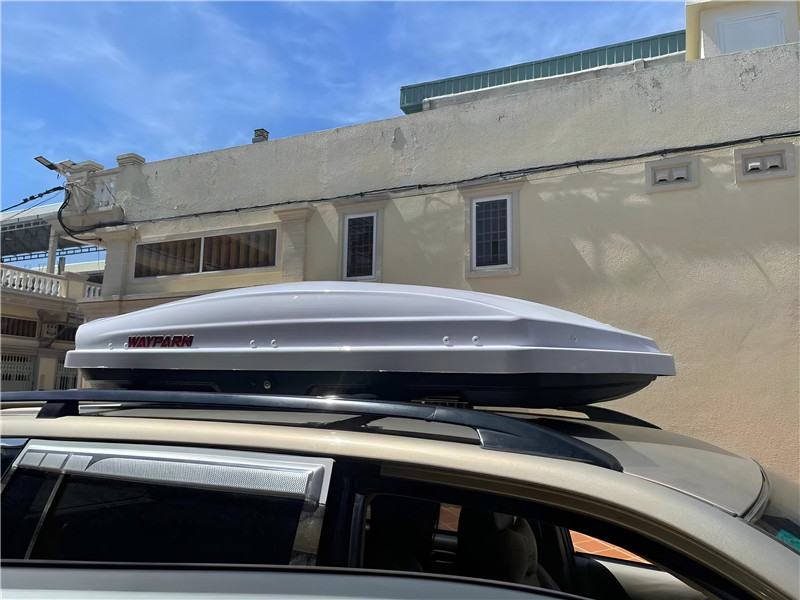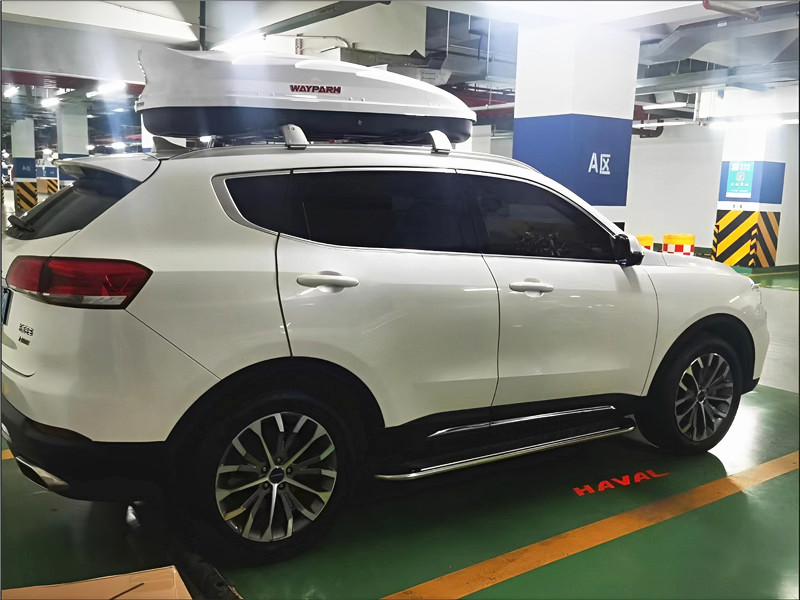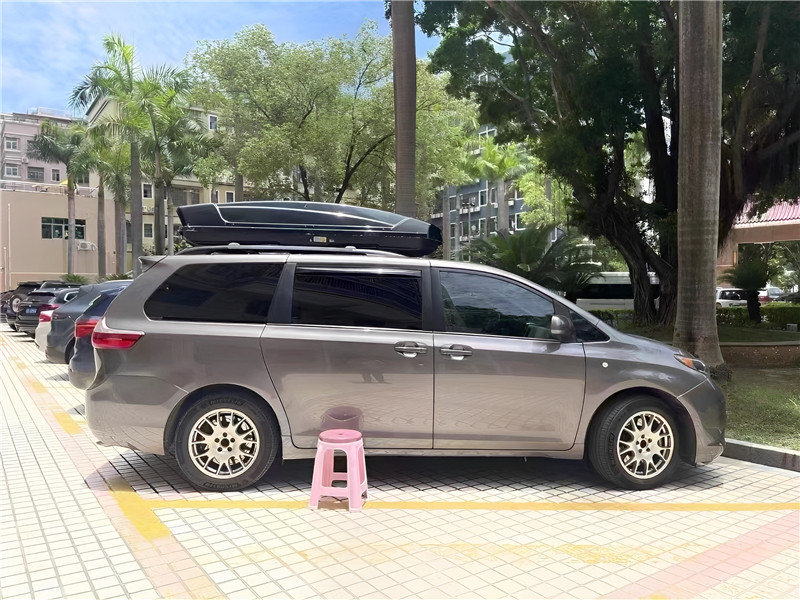Roof boxes are a popular vehicle accessory that provide extra storage space for luggage. Whether you’re planning a family road trip or need to transport outdoor activity gear, a roof box is a convenient solution. However, many drivers are concerned about the potential impact of roof boxes on fuel consumption. In this article, we’ll explore the relationship between roof boxes and fuel efficiency and provide some tips for choosing the right roof box for your needs.
First, it’s important to address this question: Do roof boxes affect fuel consumption? In short, the answer is yes, roof boxes can have an impact on fuel efficiency. When a roof box is installed on a vehicle, it disrupts the car’s aerodynamics, creating additional wind resistance. This increased drag requires the engine to work harder to maintain speed, which in turn results in higher fuel consumption.
The extent to which a roof box affects fuel consumption depends on several factors, including the size and shape of the roof box, the vehicle’s speed and driving conditions. Using a larger roof box tends to create more drag and have a greater impact on fuel efficiency than a smaller vehicle. In addition, high-speed driving will aggravate the impact of wind resistance, resulting in increased fuel consumption.
While the impact of roof boxes on fuel consumption is undeniable, there are things drivers can do to minimize their impact. One of the most effective strategies is to choose a roof box that is aerodynamically designed to reduce drag. Look for models with sleek, streamlined shapes that are specifically designed to minimize wind resistance. Additionally, choosing the right roof box when possible can help mitigate the impact on fuel efficiency.
Another important consideration is the weight of items carried in the roof box. Overloading the roof box with heavy objects will not only affect the vehicle’s handling and stability, but also increase fuel consumption. It’s important to pack your roof box wisely, distribute the weight evenly and avoid overloading, which can further reduce fuel efficiency.
In addition to choosing the right roof box, drivers can take proactive steps to improve fuel efficiency when using a roof box. Maintaining a moderate driving speed and avoiding excessive acceleration can help reduce the impact of wind resistance on fuel consumption. Additionally, removing the roof box when not in use also helps improve fuel efficiency, as the vehicle’s aerodynamics are restored to their original state.
For those in the market for a roof box, it’s worth considering buying one during a roof box sale. Many retailers offer roof box discounts and promotions, providing the opportunity to find quality products at more affordable prices. While it’s important to look for deals, it’s equally important to prioritize the aerodynamic design and build quality of your roof box to ensure minimal impact on fuel consumption.
When looking for a large roof box or a cheap roof box, you must balance size and cost and consider fuel efficiency. While a larger roof box may offer more storage space, it’s important to evaluate whether the extra drag and potential increase in fuel consumption are acceptable trade-offs. Likewise, choosing a cheap roof box should not come at the expense of quality and aerodynamics.
Roof boxes do affect fuel consumption because they increase wind resistance. However, drivers can mitigate the impact on their vehicle’s fuel consumption by choosing a well-designed, aerodynamic roof box, packaging wisely, and driving with fuel efficiency in mind.
If you want to know more or purchase car headlights, please contact WWSBIU officials directly:
Company website: www.wwsbiu.com
A207, 2nd Floor, Tower 5, Wenhua Hui, Wenhua North Road, Chancheng District, Foshan City
WhatsApp : +8617727697097
Email: murraybiubid@gmail.com
Post time: May-13-2024








